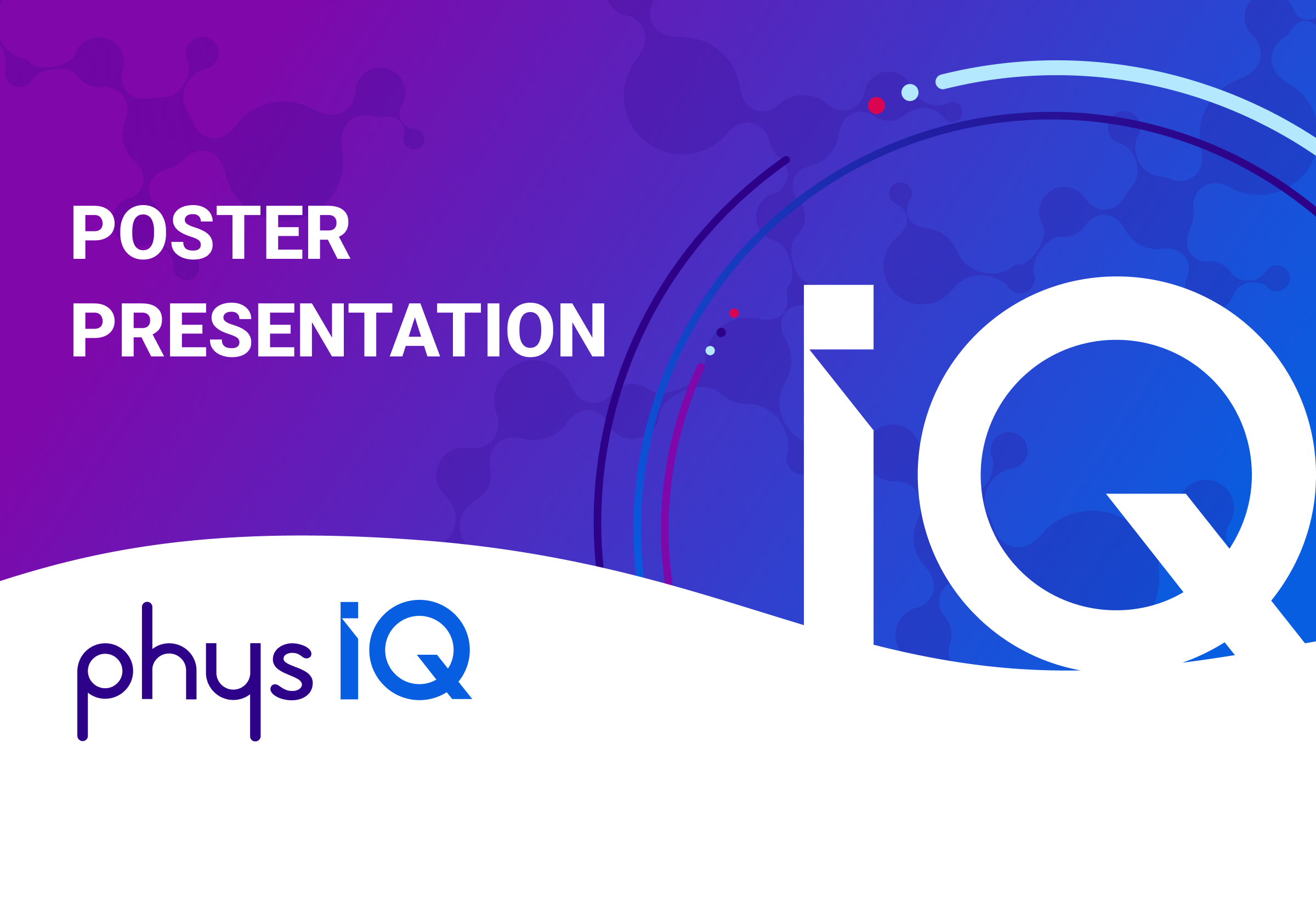Development and Validation of a Daily Measure of Cardiorespiratory Fitness – Estimated VO2 Max- Using Multiparimetric Data from a Wearable Sensor
Richards, Gendy, Larimer, Steinhubl, Pipke
![]() physIQ
:
October 3, 2022
physIQ
:
October 3, 2022

Sideris, Weir, Schmalfuss, Bozkurt, Lewis, Sallam, Hanff, Schofield, Pipke, Larimer, Davis, Beauchamp, Hanson, Stehlik
In the vanguard phase, comprehensive implementation program was developed and examined integration of non-invasive remote monitoring and subsequent algorithmic response to the clinical workflow. Clinicians responded to notifications within 24 hours in 95% of instances and clinical action was taken in 25% of instances. Challenges included over-alerting, time needed for data review, staffing, and deference to other providers. The results of the vanguard phase were used to make the following protocol adjustments: 1. Refinement of the algorithmic response to predictive alerts (Figure 1); 2. Expansion of clinician education; 3. Improved education of study subjects on the meaning of predictive notifications; and 4. Aggregating repeated MCI alerts within 72 hours into a single event.

Richards, Gendy, Larimer, Steinhubl, Pipke

Chi, Reamer, Gordon, Sarswat, Gupta, White VanGompel, Dayiantis, Morton-Jost, Ravichandran, Larimer, Victorson, Erwin, Halasyamani, Solomonides,...

Chi, Reamer, Gordon, Sarswat, Gupta, White VanGompel, Dayiantis, Morton-Jost, Ravichandran, Larimer, Victorson, Erwin, Halasyamani, Solomonides,...